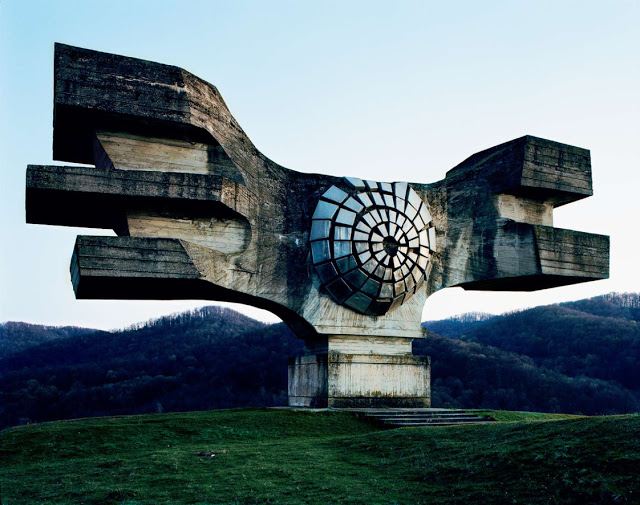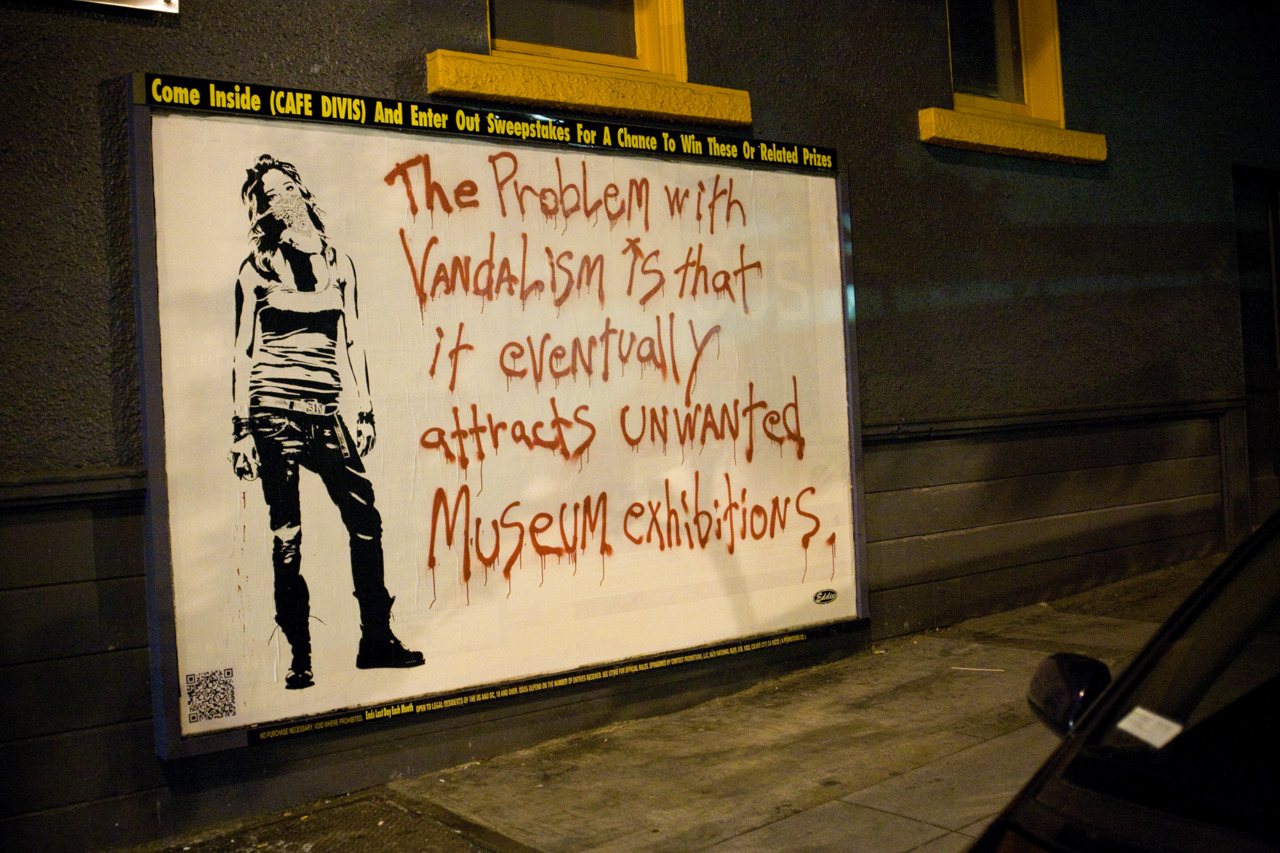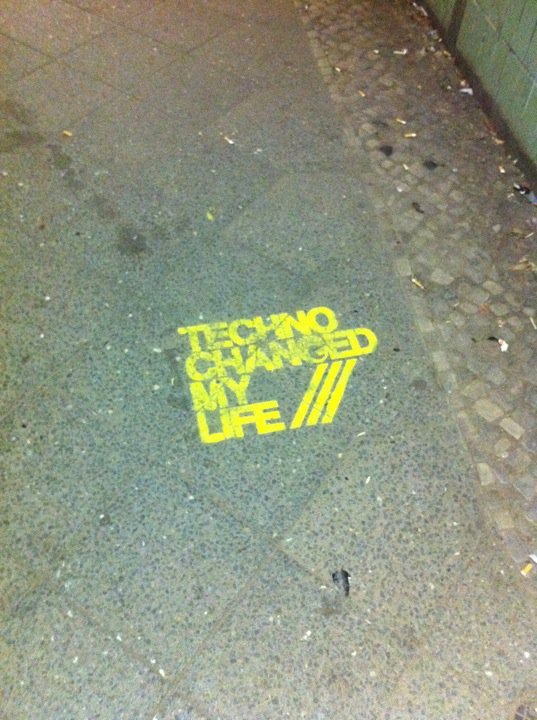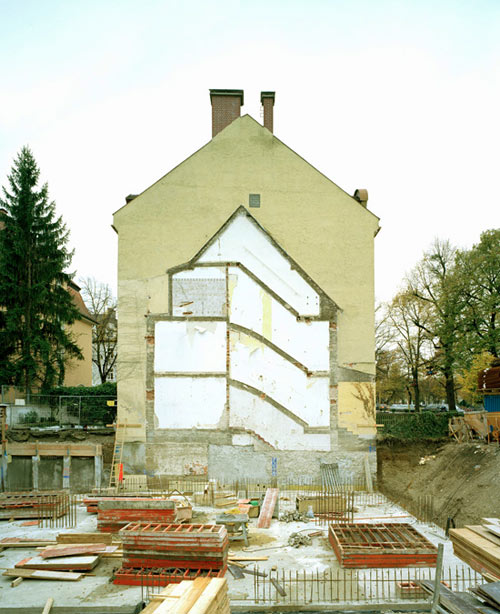Europe Stifles Drivers in Favor of Mass Transit and Walking - The New York Times
Elisabeth Rosenthal in the NYT:
While American cities are synchronizing green lights to improve traffic flow and offering apps to help drivers find parking, many European cities are doing the opposite: creating environments openly hostile to cars. The methods vary, but the mission is clear — to make car use expensive and just plain miserable enough to tilt drivers toward more environmentally friendly modes of transportation.
F5 2011 RE:PLAY Film Festival. Inductance
After a good deal of introspection, and teaming up with awesome motion graphics artist Gerardo del Hierro, we decided that happy wasn’t happy for Physalia unless pliers, microchips and a bit of soldering were involved, and with this idea we resolved to create the happiest machine Physalia has built to date.
Hearts Beat as One During a Fire-Walking Ritual
Pam Belluck in the NYT:
The results surprised them. The heart rates of relatives and friends of the fire-walkers followed an almost identical pattern to the fire-walkers’ rates, spiking and dropping almost in synchrony. The heart rates of visiting spectators did not. The relatives’ rates synchronized throughout the event, which lasted 30 minutes, with 28 fire-walkers each making five-second walks. So relatives or friends’ heart rates matched a fire-walker’s rate before, during and after his walk. Even people related to other fire-walkers showed similar patterns.
Experts not involved in the study said despite the small number of participants, the results were intriguing. They build on research showing heart rates of fans of team sports surge when their teams score, and on studies demonstrating that people rocking in rocking chairs or tapping their fingers eventually synchronize their movements.
25 Abandoned Yugoslavia Monuments that look like they're from the Future
These structures were commissioned by former Yugoslavian president Josip Broz Tito in the 1960s and 70s to commemorate sites where WWII battles took place (like Tjentište, Kozara and Kadinjača), or where concentration camps stood (like Jasenovac and Niš). They were designed by different sculptors (Dušan Džamonja, Vojin Bakić, Miodrag Živković, Jordan and Iskra Grabul, to name a few) and architects (Bogdan Bogdanović, Gradimir Medaković…), conveying powerful visual impact to show the confidence and strength of the Socialist Republic.
Divisadero and Oak
MOCA director Jeffrey Deitch says to graffiti artists “If you harness your talent you can be in a museum some day, make a contribution and a living from it.”, so Eddie Colla responds with this nice little fuck you :)
Otomata
Otomata is a generative sequencer. It employs a cellular automaton type logic I’ve devised to produce sound events.
Fun little game of life esq music app, also on the web here.
BACK TO THE FUTURE : Irina Werning
I love old photos. I admit being a nosey photographer. As soon as I step into someone else’s house, I start sniffing for them. Most of us are fascinated by their retro look but to me, it’s imagining how people would feel and look like if they were to reenact them today… Two years ago, I decided to actually do this. So, with my camera, I started inviting people to go back to their future..
Forecast 2010
James Howard Kunstler on his excellently titled blog Clusterfuck Nation:
One wild card is how angry the American people might get. Unlike the 1930s, we are no longer a nation who call each other “Mister” and “Ma’am,” where even the down-and-out wear neckties and speak a discernible variant of regular English, where hoboes say “thank you,” and where, in short, there is something like a common culture of shared values. We’re a nation of thugs and louts with flames tattooed on our necks, who call each other “motherfucker” and are skilled only in playing video games based on mass murder. The masses of Roosevelt’s time were coming off decades of programmed, regimented work, where people showed up in well-run factories and schools and pretty much behaved themselves. In my view, that’s one of the reasons that the US didn’t explode in political violence during the Great Depression of the 1930s - the discipline and fortitude of the citizenry. The sheer weight of demoralization now is so titanic that it is very hard to imagine the people of the USA pulling together for anything beyond the most superficial ceremonies - placing teddy bears on a crash site. And forget about discipline and fortitude in a nation of ADD victims and self-esteem seekers.
20,000 Nations Above the Sea
Friedman wondered: What if you could just move—not just you, but everything you own, including your home, and, if your neighbors agreed with you, your whole community? What if you could move all of it where no government would bother you at all, and you could make a new, better society?
Rare mp3s of Weegee and Henri Cartier-Bresson talking about photography
Below you can hear Weegee talk about picture-making. It’s interesting to hear his voice, which is one of those accents you don’t hear so much in New York anymore: part Austro-Hungarian immigrant by way of the Lower East Side and part Elmer Fudd. Peter Sellers based his accent in Dr. Strangelove on Weegee’s voice after Weegee visited Kubrick’s set one day.
Via kottke.org.
Secrets of the Phallus: Why Is the Penis Shaped Like That?
In SciAm:
If you’ve ever had a good, long look at the human phallus, whether yours or someone else’s, you’ve probably scratched your head over such a peculiarly shaped device. Let’s face it—it’s not the most intuitively shaped appendage in all of evolution. But according to evolutionary psychologist Gordon Gallup of the State University of New York at Albany, the human penis is actually an impressive “tool” in the truest sense of the word, one manufactured by nature over hundreds of thousands of years of human evolution. You may be surprised to discover just how highly specialized a tool it is. Furthermore, you’d be amazed at what its appearance can tell us about the nature of our sexuality.
Via William Gibson.
The house that used to be there
From Marcus Buck, imprints of demolished houses left on other houses.
Via kottke.org.
Point and Shoot: 1925
Washington, D.C., circa 1925. “Girls’ rifle team of Drexel Institute.” National Photo Company Collection glass negative.
Click through for original size un-cropped.
Via Daring Fireball.






